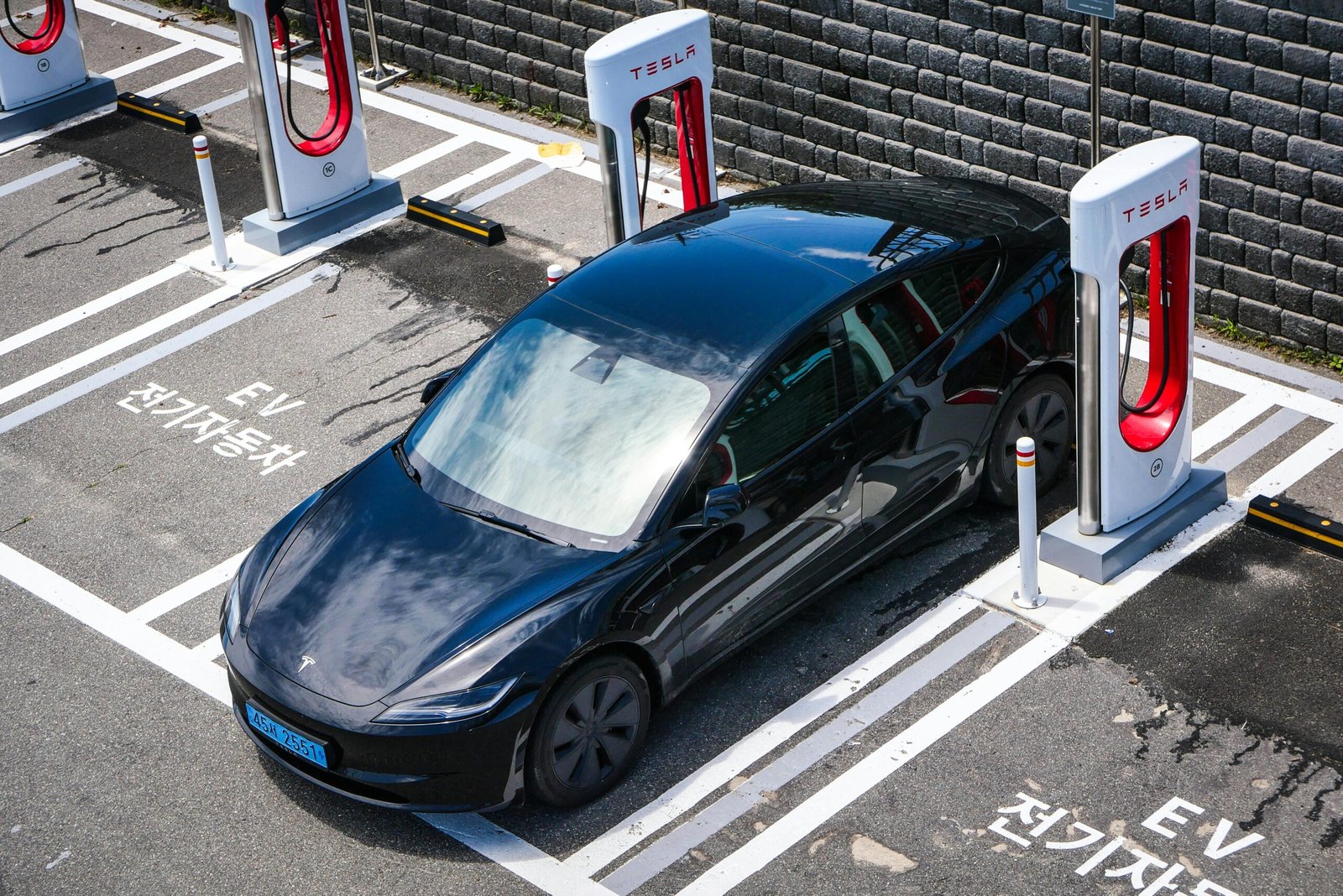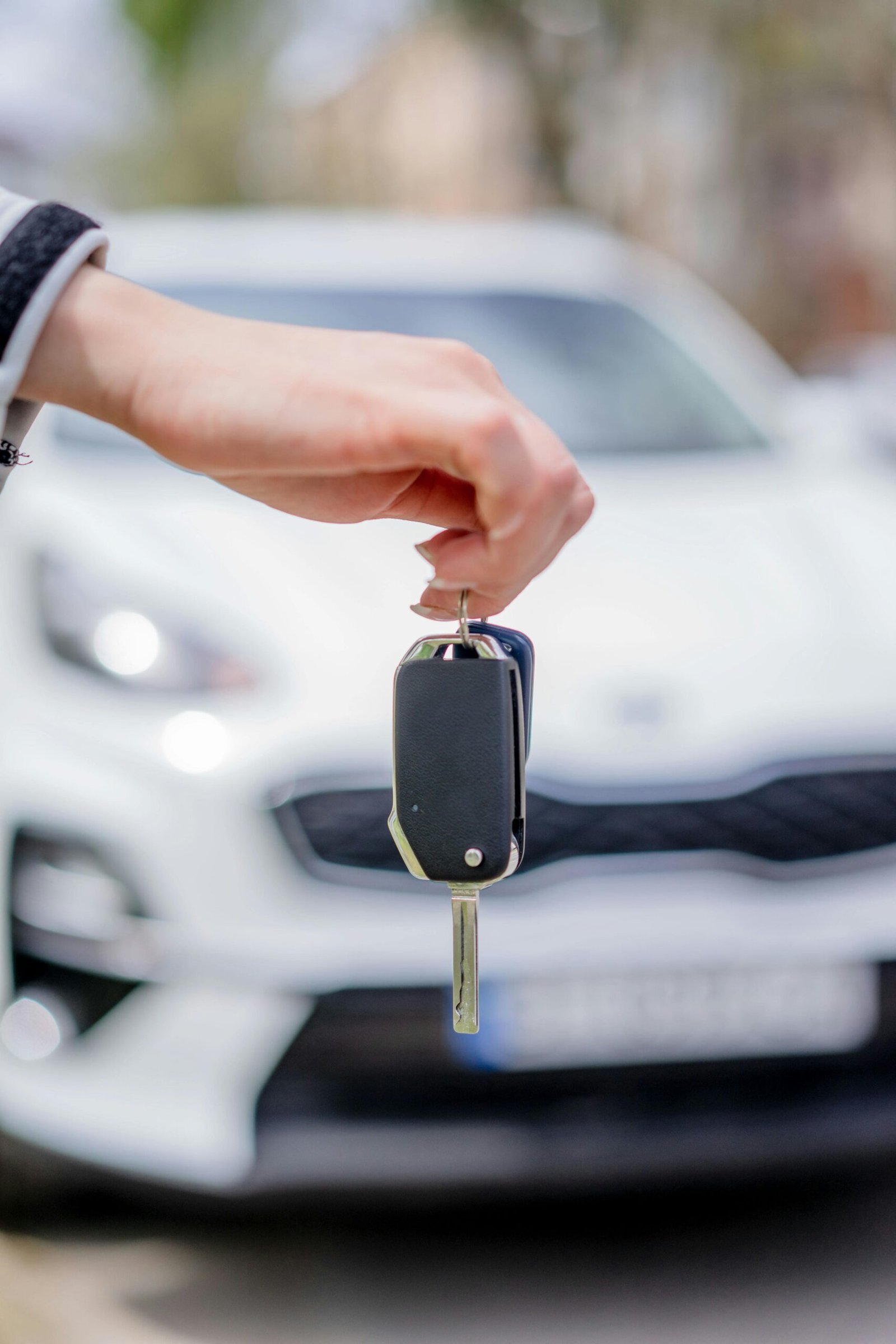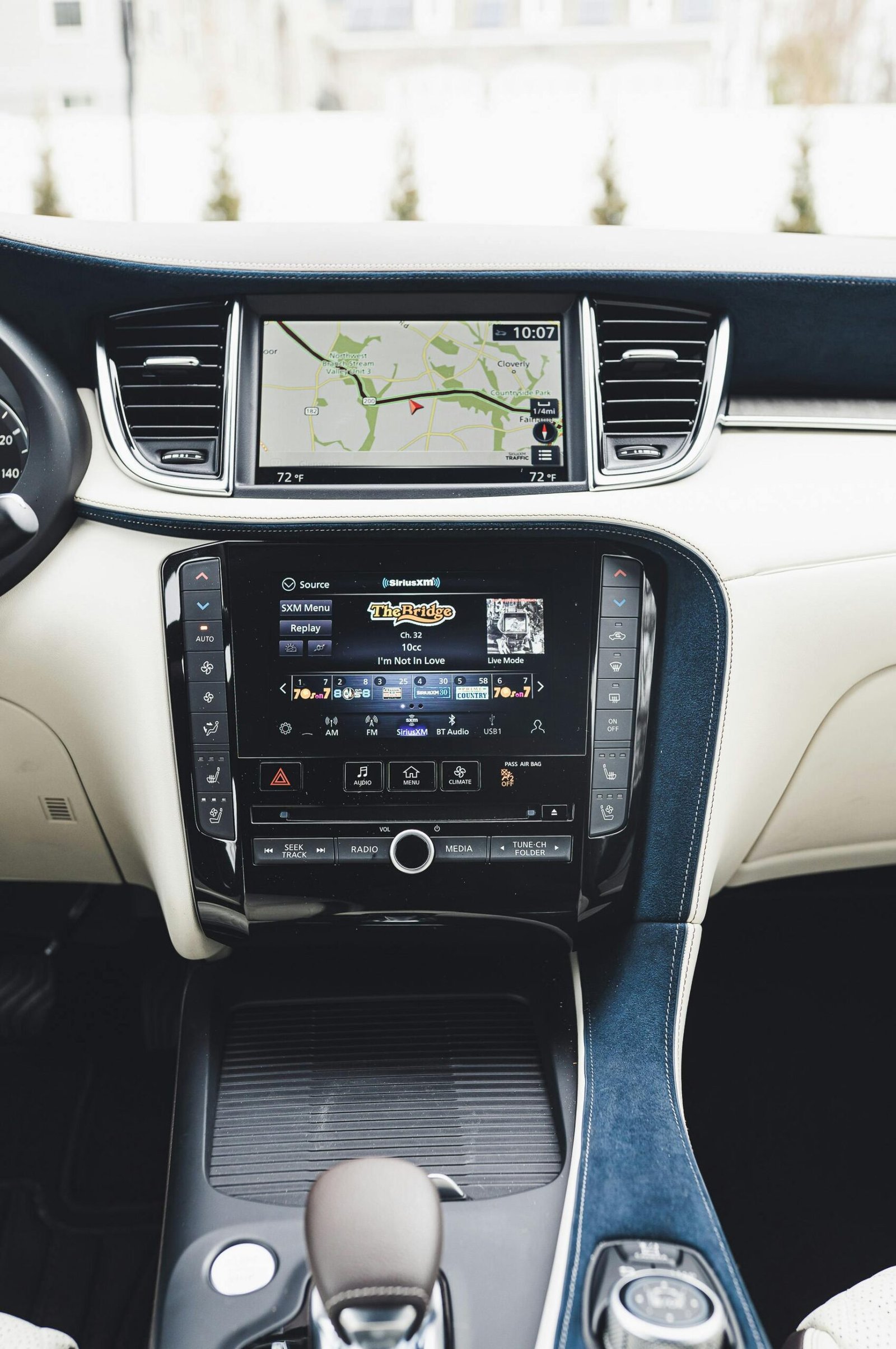Driving an electric car (EV) is an eco-friendly and efficient way to get around, but understanding how and where to charge your vehicle is key to a seamless experience. Whether you’re a first-time EV owner or a seasoned driver, knowing how to find charging stations and save on charging costs can make a big difference in your overall EV ownership experience.
Here’s a complete guide to electric car charging tips, including how to locate charging stations, maximize efficiency, and keep costs low.
Understanding EV Charging Levels
Before diving into tips, it’s important to understand the three main types of EV charging stations:
Level 1: Basic Charging (Home Outlets)
- What It Is: Standard 120V outlet.
- Charging Speed: Adds 3–5 miles of range per hour.
- Best For: Overnight charging for short daily commutes.
- Cost: Low, as it uses your home’s electricity.
Level 2: Faster Home and Public Charging
- What It Is: 240V charging unit.
- Charging Speed: Adds 15–25 miles of range per hour.
- Best For: Home installations or public charging at shopping centers and workplaces.
- Cost: Moderate, depending on electricity rates.
Level 3: DC Fast Charging (Public Stations)
- What It Is: High-powered charging stations.
- Charging Speed: Adds 60–80 miles of range in 20 minutes.
- Best For: Long trips and quick top-offs.
- Cost: Higher, but convenient for road trips.
How to Find EV Charging Stations
1. Use Charging Apps and Maps
Several apps and websites help you locate EV charging stations near you or along your route:
- PlugShare: Detailed maps with user reviews, availability, and charging speeds.
- ChargePoint: Shows charging stations in its network, including real-time availability.
- Electrify America: Ideal for fast-charging locations.
- Google Maps: Search for “EV charging stations” to get a list of nearby options.
2. Check Your Car’s Navigation System
Many EVs come with built-in navigation systems that display nearby charging stations, estimated charging times, and availability.
3. Plan Your Route
- For long trips, use route planners like A Better Routeplanner (ABRP) to optimize stops at charging stations based on your car’s range.
- Ensure you plan for charging breaks every 200–300 miles, depending on your EV’s range.
Tips to Save on Charging Costs
1. Charge at Home Whenever Possible
Home charging is almost always cheaper than public charging, especially if you have access to off-peak electricity rates.
Pro Tips:
- Install a Level 2 home charger for faster, more efficient charging.
- Use a timer to schedule charging during off-peak hours when electricity is cheaper.
2. Take Advantage of Free Charging Stations
- Many workplaces, shopping centers, and hotels offer free Level 2 charging for customers and employees.
- Use apps like PlugShare to filter for free charging locations.
3. Join Charging Networks
Signing up for a charging network membership can save money, especially if you regularly use public chargers. Popular networks include:
- ChargePoint: Offers subscription plans for discounted rates.
- Electrify America: Provides pass memberships with lower per-minute fees.
- EVgo: Memberships offer lower session rates compared to pay-as-you-go pricing.
4. Monitor Your Charging Habits
- Avoid overcharging to 100% unless necessary, as it can increase costs and wear down your battery.
- Charge up to 80% for daily driving to reduce costs and maximize battery lifespan.
5. Utilize Renewable Energy Options
If available, opt for green electricity plans at home to reduce your carbon footprint and, in some cases, save on costs.
Optimize Your Charging Efficiency
1. Precondition Your Battery
Preheat or cool your battery before charging to improve efficiency, especially in extreme weather. Many EVs offer this feature through their apps.
2. Avoid Charging to 100% Regularly
Charge to 80–90% for regular use and reserve full charges for long trips. This reduces wear on the battery and shortens charging times.
3. Reduce Fast-Charging Sessions
While DC fast chargers are convenient, frequent use can generate heat and affect your battery’s longevity. Use them sparingly and rely on Level 2 charging when possible.
4. Use Regenerative Braking
Maximize your EV’s range by enabling regenerative braking, which converts braking energy back into the battery.
Charging Etiquette at Public Stations
1. Don’t Hog the Charger
Once your vehicle is sufficiently charged, move it to free up the space for others. Many networks charge idle fees for leaving your car plugged in after it’s fully charged.
2. Prioritize Fast Chargers for Those Who Need Them
If you’re using a DC fast charger but don’t need a quick charge, consider switching to a Level 2 charger.
3. Report Issues
If you encounter a broken or malfunctioning charger, report it through the network’s app or customer service to help other EV users.
Incentives and Rebates for EV Owners
1. Federal and State Tax Credits
- Many governments offer tax incentives for installing home charging stations or purchasing an EV.
- Check local programs for rebates on chargers and installation costs.
2. Discounts from Utility Companies
- Some utilities offer lower rates for EV charging during off-peak hours.
- Programs like “time-of-use” rates can significantly reduce your home charging costs.
3. Employer Benefits
- Some employers provide workplace charging or reimburse EV charging expenses as part of sustainability initiatives.
Plan for the Future: Bidirectional Charging
Bidirectional charging, also known as vehicle-to-grid (V2G) or vehicle-to-home (V2H), allows your EV to act as a power source. In 2025, more EVs are equipped with this feature, which can:
- Power your home during outages.
- Sell electricity back to the grid for extra income.
- Save on electricity costs by charging during off-peak hours and using stored power during peak hours.
Conclusion: Charge Smart, Drive Happy
Electric car ownership in 2025 is more convenient than ever, thanks to an expanding network of charging stations and smarter technologies. By following these tips, you can save money, reduce stress, and enjoy the full benefits of driving an EV.
Plan your charging habits, take advantage of free or discounted charging options, and use the latest tools to locate stations and optimize your trips. With the right strategy, you’ll make the most out of every charge and keep your EV journey running smoothly!




